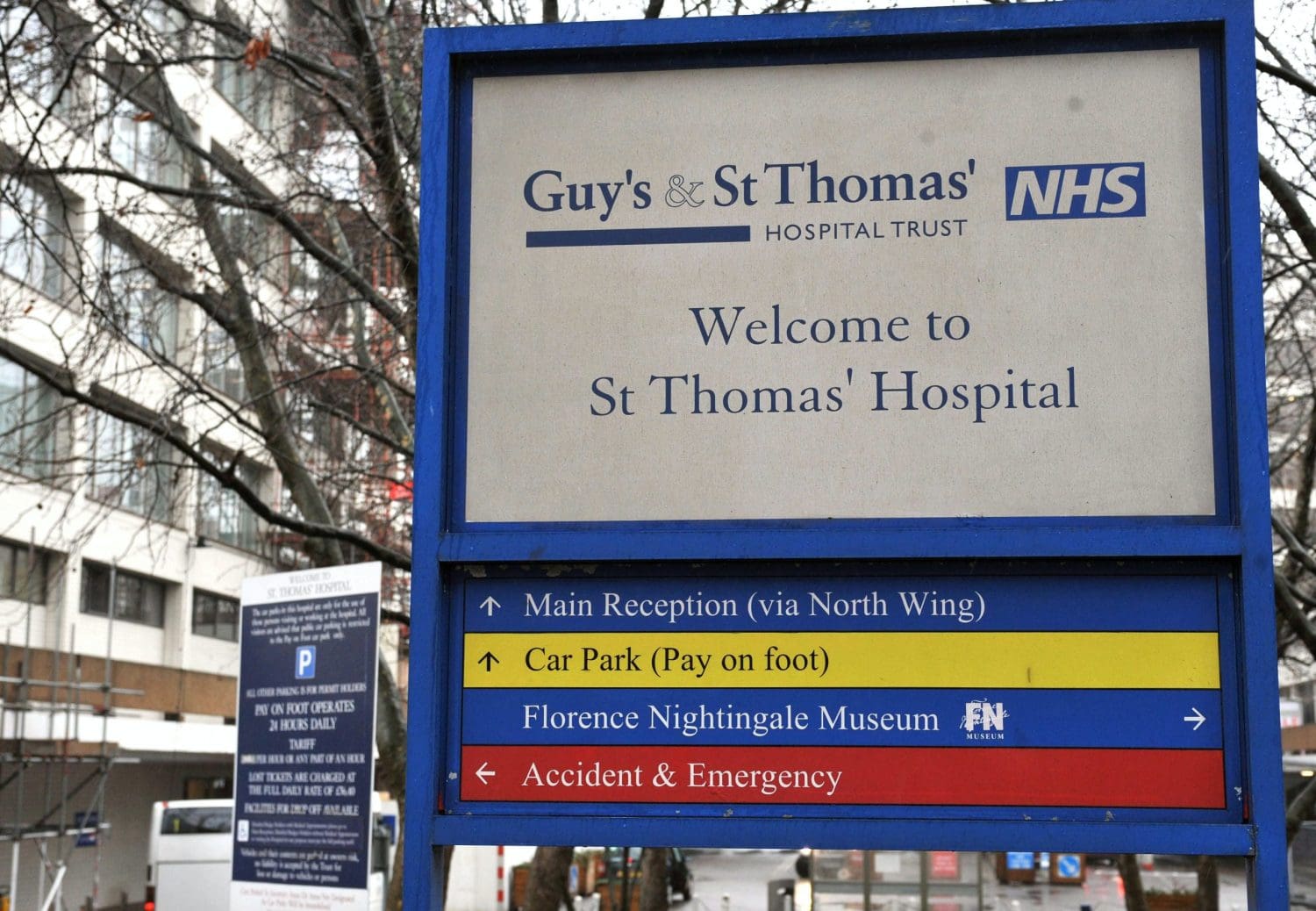The first quarter of 2020 saw a surge in Amazon sales as a result of the coronavirus (Covid-19) lockdown. Sales are also expected to increase again in the second three months of the year.
According to the Bloomberg Billionaires Index daily ranking on 1 May, Amazon founder Jeff Bezos is the world’s richest man. The pandemic has also resulted in his personal wealth rising by £19bn. And the increase in online shopping has boosted the company’s share price.
Yet despite Amazon’s great wealth, which has been increasing over the last 20 years, employees at the tech giant have had to protest and strike for better working conditions. And even in the face of a global pandemic, many of these employees could still go without sick pay.
Sick pay at Amazon
Such large revenue would be impossible without the hard work of Amazon’s 798,000 contracted employees. So the welfare of these and every employee is essential. Yet they aren’t being adequately looked after by the tech giant when it comes to basic sick pay. Amazon has promised to provide its staff with up to two weeks paid sick leave if they test positive for coronavirus. But some say the company is not completely following through on this.
Social justice campaign group SumOfUs claims that “access to tests is challenging”. So the group is calling for:
Amazon and other companies to offer paid sick leave to employees that self-report as sick or need to self-isolate because they are symptomatic.
Previously, on 11 March, the Amazon Blog said:
Effective immediately, all Amazon employees diagnosed with COVID-19 or placed into quarantine will receive up to two-weeks of pay. This additional pay while away from work is to ensure employees have the time they need to return to good health without the worry of lost pay. This is in addition to unlimited unpaid time off for all hourly employees through the end of April.
Protest works
SumOfUs believes “pressure” can affect change:
Amazon is now offering five hours pay per shift for those sent home with a high temperature in the US. But worker-led groups say it’s still not complying with pandemic guidelines by not cleaning infected warehouses. These company announcements are an encouraging sign — proof that if we keep up the pressure, we can get them to go even further.
On 1 May, hundreds of Amazon workers, as well as workers from other retail businesses, called in sick as part of a one-day strike. The ‘sick-out’ strike is to protest working and safety conditions during this pandemic.
One of the protesters is Derrick Palmer, who has several years experience working at Amazon. He protested at an Amazon warehouse to demand safety protections for staff. According to Palmer, Amazon only provided personal protective equipment (PPE) to staff after that protest. The protest also led to the enforcement of other coronavirus protection measures such as ‘social distancing and temperature checks’.
How little it would cost the tech giant
According to SumOfUs, it would cost less than 1% of Bezos’s alleged $146bn wealth to pay two weeks sick pay for all Amazon employees. And as Amazon isprofiting greatly from this crisis, there’s an even greater onus on it to do something. Along with other tech giants Microsoft and Apple, its stock market value is above $1tn. And Wall Street analysts believe this pandemic will boost Amazon’s interests further.
Financial expert Ronald Josey said:
Over the last several weeks, Amazon’s share of essential products, like health and household supplies as well as groceries, has ramped significantly and we believe this demand can lead to greater consumer wallet share gains longer term.
With traditional retail likely less of a competitor going forward as brick-and-mortar retailers close and/or significantly reduce footprints, we believe Amazon is among the best positioned to benefit from rising e-commerce trends.
United action works
With such current wealth and future growth predicted, it’s inhumane that employees earning just $16.26 (£13.01) per hour have to protest to secure basic protection. But what these campaigners have shown is that protesting works. If pressure has brought about this change, then more coordinated action could secure even greater workers’ rights.
Featured image via Flickr – 401(K) 2012

















